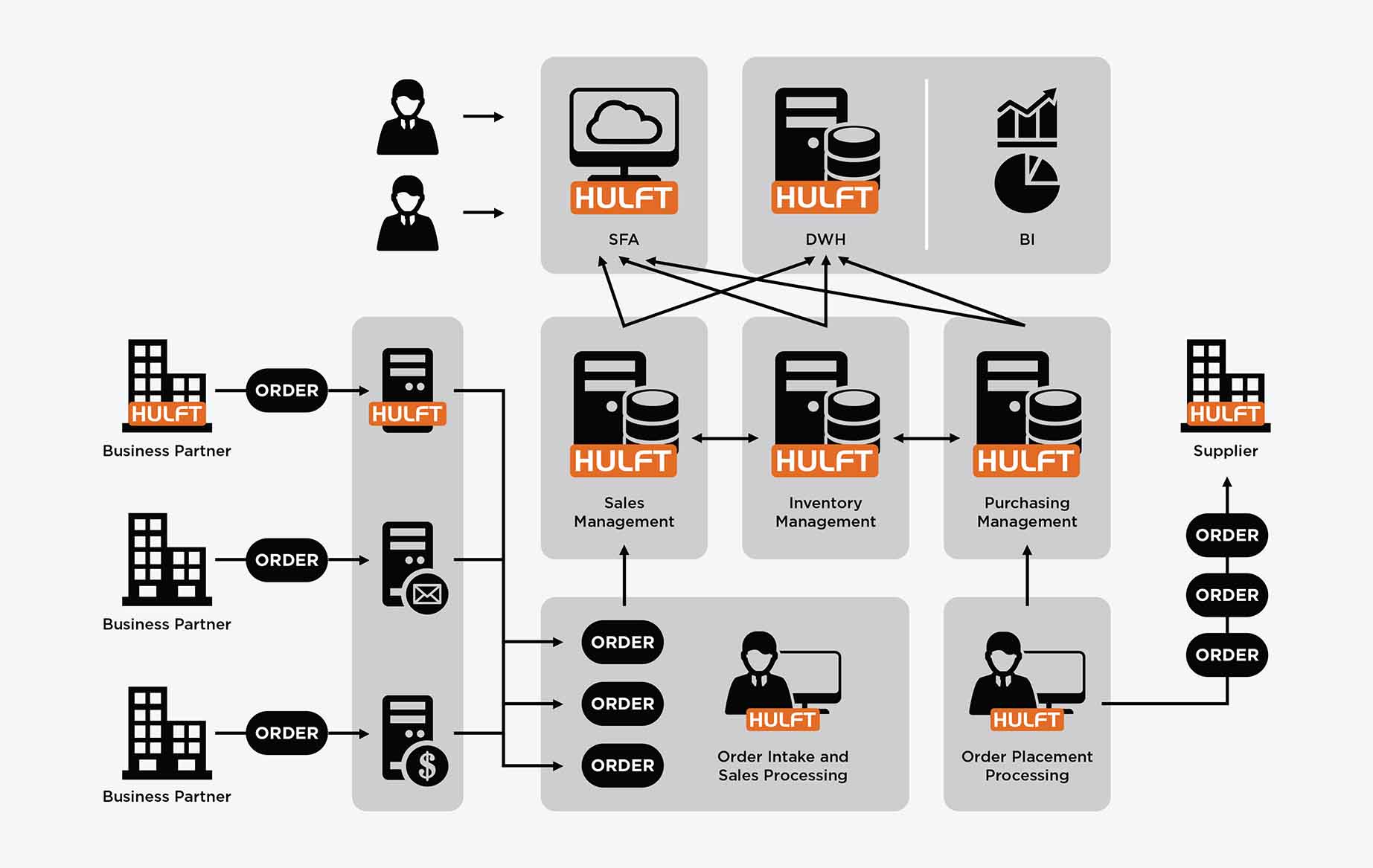Managed File Transfer
Advantages of Using Managed File Transfer (MFT) for Your Enterprise

Why Use Managed File Transfer (MFT)?

Most organizations struggle with one of the following challenges:
- Speed: Trends such as digitization, outsourcing, and globalization continue to encourage growth in file sizes. As file sizes have increased, so has the time to transfer them between systems.
- Security: While the number of security breaches grows, so too does the amount of sensitive data being sent via files. Security is vital to organizations of all sizes.
- Ease of Use: Organizations in all industries must increasingly be connected with trading partners. As companies expand both organically and via M&A, onboarding timeframes become a bottleneck.
- Reliability: With today's high pace of business, you can't afford to have errors in file transmission. You need your data to arrive fully intact, regardless of the network conditions they must pass through.
- Compliance: Organizations increasingly need to be ready to deal with controls, security checks, and reporting requirements.
- Governance: You can't afford to have your staff using personal devices and consumer-grade file sharing applications to send business data.
- Cost: Whilst custom-made solutions are often low-cost to set-up initially, they often become complex over time and require ongoing maintenance.
- Flexibility: In-house developed data transfer integrations can seem like quick and easy solutions to start with, but can be difficult to modify later on.
Managed file transfer (MFT) middleware by HULFT solves the above challenges by providing fast, secure, reliable, and auditable file transfers that can be governed and automated as required. Our clients find that they are able to greatly lower costs, reduce errors, improve security, and implement a more flexible architecture that can evolve with their business over time.
For example, the figure below shows the configuration of a global company using HULFT as their MFT solution. The orange boxes indicate an instance of HULFT.
